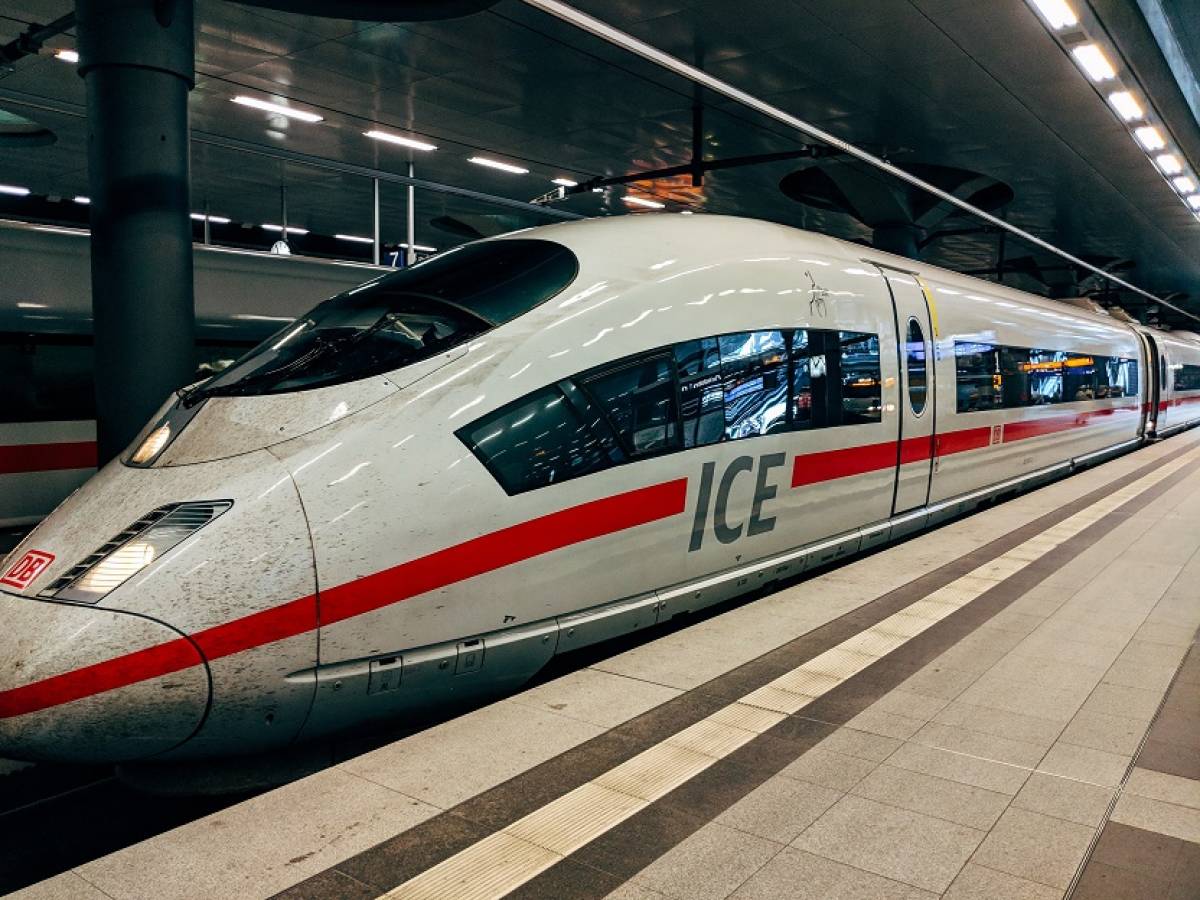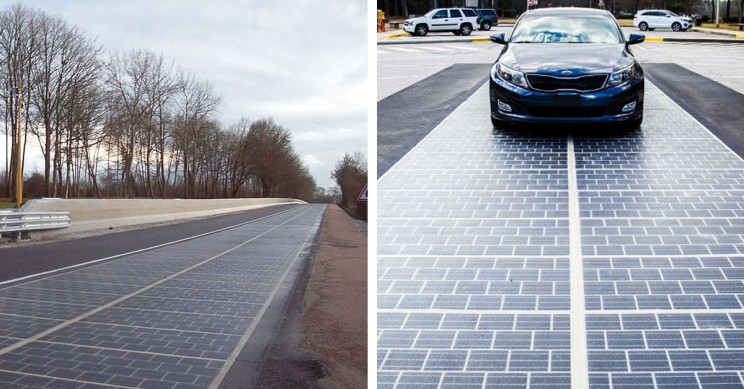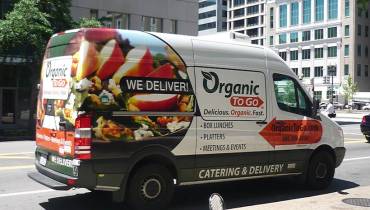Evolution of the Transport Sector: Key Changes Worth Noting

Like many industries, the transport sector has undergone some major changes in the last few years. Priorities lie with making transport options safer, more comfortable, and, perhaps most importantly, more environmentally friendly.
From new fastest planes for commercial air travel to the widespread use of hydrogen fuel in vehicles, the transportation industry indeed is changing and evolving faster than ever.
Here are a some interesting changes that have taken place in the transport sector recently, and some we are likely to see become more widespread in the near future:
1. High-speed Travel
Our increasingly digital world has led us to expect things faster - you can order something online, and it will be at your door the next day or even the same day in some cases, and you can access any music or videos at the click of a button.
The transportation industry has picked up on this trend - passengers want to get to their destination faster and faster. Even high-speed bullet trains could be replaced in the not-too-distant future if Hyperloop becomes a reality.
Purpose-built pods will travel inside tube-like tunnels at extremely high speeds - there are already plans for routes in many countries around the world.
The Hyperloop system could be used not only for passengers but also for freight. It’s thought that it will be particularly useful for goods which must be transported rapidly, such as food and medicines.
Another supersonic mode of transport is also in development - an aircraft with specs to rival even the infamous Concorde. The X-59 QueSST should be able to break the sound barrier in near-silence, so the dangerous sonic boom typically associated with such aircraft will no longer be an issue.
The supersonic aircraft will travel at a maximum speed of Mach 2.2, and it’s hoped that tests will begin in 2022.
2. Emergence of the Passenger Economy
Self-driving cars might have sounded extremely futuristic a few years ago, but the technology is already here and is becoming increasingly widespread. Driverless cars have resulted in the creation of what’s known as the passenger economy - on-demand transport is becoming increasingly popular.
Roads are busy, owning a car is expensive, and finding a parking spot in the city can be a complete nightmare, so it is no surprise that people are turning more to the ‘passenger experience.’ This has resulted in the rise of services such as Uber and Lyft - they give passengers a more personalized experience and allow them to have somewhat more control over their journey.
And, more and more services are now becoming available during the journey. Fancy a manicure on the way to work? Or how about a nap in a mobile motel during a long, overnight journey? Watch this space because it’s all coming soon. If you find there aren’t enough hours in the day to get everything done, this is sure to be a game-changer.
3. Safer Cycle Lanes

Cycling is one of the most environmentally-friendly modes of transport, but its use is somewhat limited. However, thanks to illuminated cycle paths, riding a bike could soon be made a lot safer.
The surface will be designed to absorb sunlight during the day, storing it to give off a luminous glow during the night. Such cycle paths are already being trialed in Poland.
Many cities are choosing to expand their cycle networks with dedicated cycle highways thanks to a recent increase in interest in cycling.
Many people see cycling as a great form of exercise as well as the ideal way to avoid overcrowded, dirty, or infrequent public transport.
4. Solar Panel Road Surfaces
Solar panels are an excellent, green energy source, but finding a suitable location for the panels isn’t always easy. So, how about road surfaces made from solar panels? This idea is already being trialed in the Netherlands.
The solar roads would be capable of melting snow and ice, charging electric vehicles as they drive, and also powering nearby street lighting or illuminated road signs.

5. Emergence of Hydrogen Fuel
Hydrogen fuel isn’t yet widespread, thanks to some problems with its usage. However, it can be an extremely efficient fuel source as it doesn’t contribute any pollutants to the environment, and it is readily available in abundance.
However, hydrogen fuel requires a lot of energy to manufacture. So, while hydrogen itself may not be polluting, turning it into fuel for vehicles would be, particularly as the energy to manufacture it is mainly generated from fossil fuel sources.
Also, hydrogen is explosive, which means transporting and storing it can be difficult and dangerous.
6. Remote Working Reducing Need for Transport
Working at home is becoming more and more common, thanks to the ready availability of superfast internet and remote communication options. Similarly, education is increasingly moving to online platforms, with courses being taught via live or pre-recorded videos rather than face-to-face meetings.
So, the transport industry has been affected by a huge decrease in passenger numbers. Fewer people are traveling to workplaces, schools, and universities by bus or train. It is also expected that car sales may decrease as fewer people need to buy a car to drive to work. The plus side of this is the possibility of less traffic on the road at peak hours, meaning less congestion and less pollution.













![Over 50% of American Adults Have Not Read a Book in Past Year [Study]](/sites/default/files/styles/video_thumbnail_bottom/public/older-man-reading-book-in-library.jpg?itok=m7DlbWgZ)




![Live Simply and Reduce Carbon Footprint: 5 Ideas for Your New Tiny House [node:title]](/sites/default/files/styles/video_thumbnail_bottom/public/rob-greenfield-tiny-house-in-orlando.jpg?itok=Iy7NKIYY)

